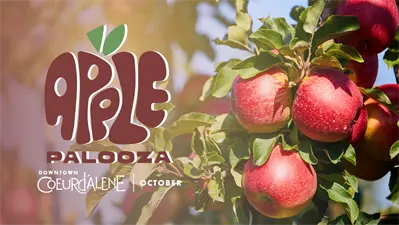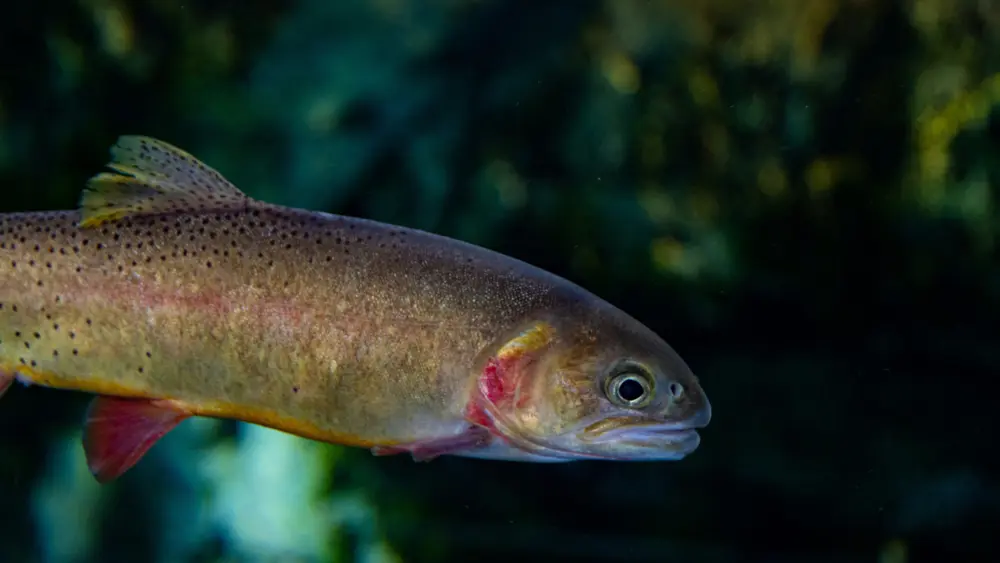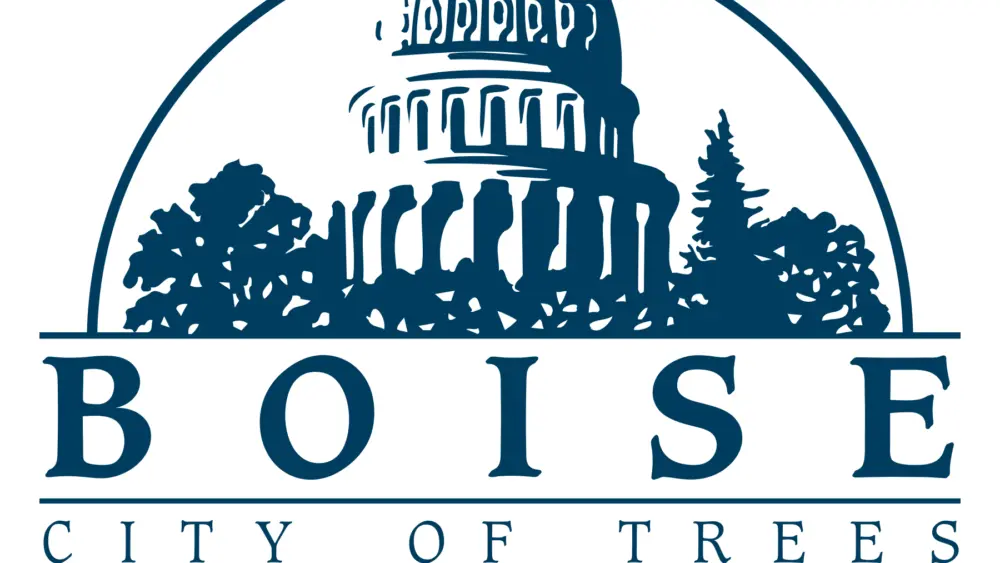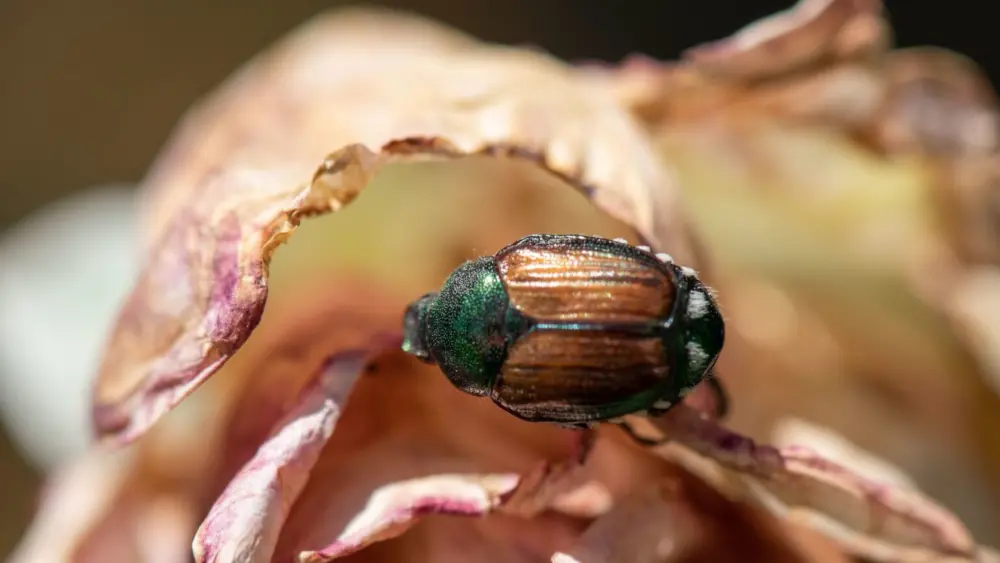
OLYMPIA, WA – The Washington Department of Fish and Wildlife (WDFW) announced the next round of Wildlife Diversity Grant recipients, awarding approximately $1 million in funding for the next two years. This investment supports eight collaborative projects focused on some of Washington’s most at-risk wildlife species.
Several projects funded during the initial grant round from last year’s cycle have been awarded second-phase funding, enabling project partners to build on early results and expand recovery efforts. WDFW is also funding a number of new proposals that address emerging conservation needs statewide.
“These follow-up phases are essential,” said Jenna Judge, assistant division manager for WDFW’s Wildlife Diversity Division. “This kind of work doesn’t end in one season. It takes years of persistence and collaboration to get real results.”
All funded grants, both continuing phases and new projects, are designed to move the needle on long-term species recovery. By continuing a competitive selection of high-impact projects and supporting a host of new ones, WDFW is investing in both momentum and innovation in biodiversity conservation, Judge noted.
Grant recipients
From protecting rare snakes and monitoring endangered shorebirds to creating artificial burrows for burrowing owls to controlling invasive bullfrog populations, the funded projects represent a wide range of conservation priorities across Washington:
- Bumble bee long term monitoring – Xerces Society for Invertebrate Conservation
- Bullfrog control for endangered pond turtle recovery – Mt. Adams Resource Stewards
- Artificial burrow installation for declining burrowing owl populations – U.S. Fish and Wildlife Service
- Coastal dune shorebird monitoring – Ecostudies Institute
- Streaked horned lark population monitoring at Olympia Airport – Ecostudies Institute
- Oregon spotted frog recovery actions – Billy Frank Jr. Nisqually National Wildlife Refuge
- Monitoring and protecting desert-striped whipsnakes – Amphibian and Reptile Conservancy and Central Washington University
- Tufted puffin reintroduction feasibility assessment – Oikonos Ecosystem Knowledge
A long-term commitment to biodiversity
These grants reflect WDFW’s broader strategy to restore and protect biodiversity through sustained, collaborative, science-based action. Funding for the Wildlife Diversity Grant Program comes from a legislative investment in species of greatest conservation need and species of greatest information need and the department anticipates continued funding in future biennia as long as funding is available.
This year, WDFW received 60 applications requesting more than $12 million—demonstrating both the capacity and energy that exist across Washington for species recovery work. Due to budget constraints, the Department was only able to fund a fraction of the proposed projects, investing $1 million in this round.
“The infrastructure we’ve built to run this program means we can successfully manage a larger portfolio of projects if more funding becomes available,” said Hannah Anderson, wildlife diversity division manager. “Species recovery doesn’t happen overnight. It takes a coordinated community of conservationists, researchers, landowners, tribes, and volunteers—backed by consistent support. This grant program helps make that possible, and with continued and growing investment, we can make progress on the conservation needs created by decades of under-investment in this kind of work.”
More information
A full list of grant recipients, project results is available on WDFW’s website.
The Washington Department of Fish and Wildlife works to preserve, protect, and perpetuate fish, wildlife, and ecosystems while providing sustainable fish and wildlife recreational and commercial opportunities.





